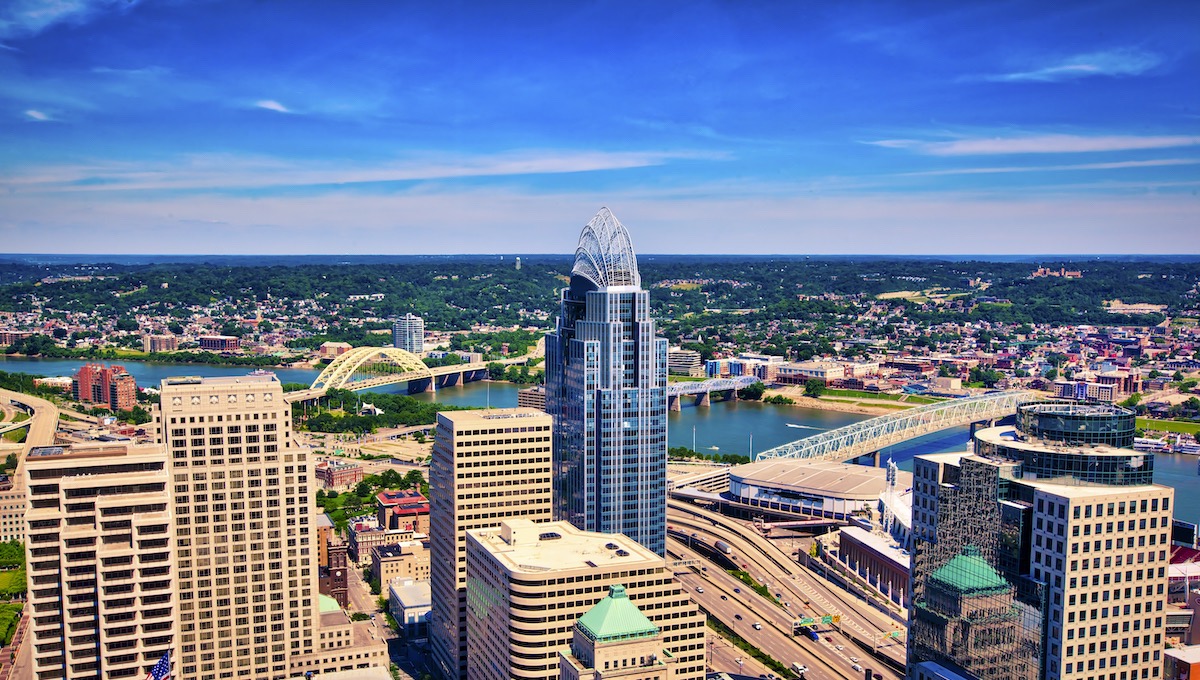Three years ago, when the Sierra Club launched its Ready For 100 campaign to encourage cities to commit to 100 percent clean, renewable energy, we knew that local action would be a key component of speeding the transition from fossil fuels, but we didn't know just how important it would become. Thanks to the federal government's forced retreat from climate action under Donald Trump, the policy momentum for clean, renewable energy is now coming from local governments, with states like Hawaii and California, and cities from Atlanta to San Diego, leading the way.
Trump can double down on denial and fawn over fossil fuels until he’s red in the face, but he can’t stop progress. And so it is that this week Ready For 100 passed a major milestone as Cincinnati became the 100th city in the United States to officially commit to 100 percent clean, renewable energy.
As successful as our Ready For 100 campaign has already been, I think we’ll see even faster progress in the years to come. That's partly because as more cities sign on it encourages others to follow suit, but it's also because public support for renewable energy is at an all-time high. According to polling conducted on behalf of the Edison Electric Institute, which represents investor-owned utilities, more than 80 percent of the population supports 100 percent clean energy. That support is not only broad but also increasingly bipartisan, which explains why even cities led by Republican mayors, such as San Diego, and cities in red states, like Cleveland, Atlanta, and St. Louis, have been committing to clean energy. What's more, come January, we will have more 100 percent clean energy champions at all levels of government than ever before, including ten Sierra Club–endorsed governors who have committed to 100 percent clean energy.
Even utilities themselves are starting to get the message. This week, Xcel Energy announced it would reduce carbon emissions 80 percent by 2030 and 100 percent by 2050, making it the first major interstate utility in the U.S. to commit to zero carbon emissions. Add to that the growing number of carbon reduction commitments from corporations around the world (also this week Royal Dutch Shell responded to investor pressure by vowing to set more ambitious reduction goals and tie executive compensation to meeting them) and the trend is inescapable.
We’ve now reached a point where 48.7 million people, or 15 percent of the U.S. population, live in places that have committed to a future powered entirely by renewable energy -- and most of that progress has happened in spite of constant attacks on climate and clean energy from the Trump administration. That translates to a cleaner environment and progress on reducing climate pollution, but it will also help cities lower energy bills, potentially reduce inequity, and increase economic development in disadvantaged communities.
Making change like this happen is always hard work -- until suddenly it isn't. At some point, this movement will shift gears from steady and unstoppable to rapid and irresistible. The benefits of renewable energy -- to people’s health, to the economy, and to the climate -- are simply too compelling. We haven’t reached the tipping point yet, but this latest milestone brings us that much closer.
To learn more about our campaign and see where cities have committed to 100 percent renewable energy (as well as where we're currently working to inspire city leadership), visit our Ready For 100 website.
